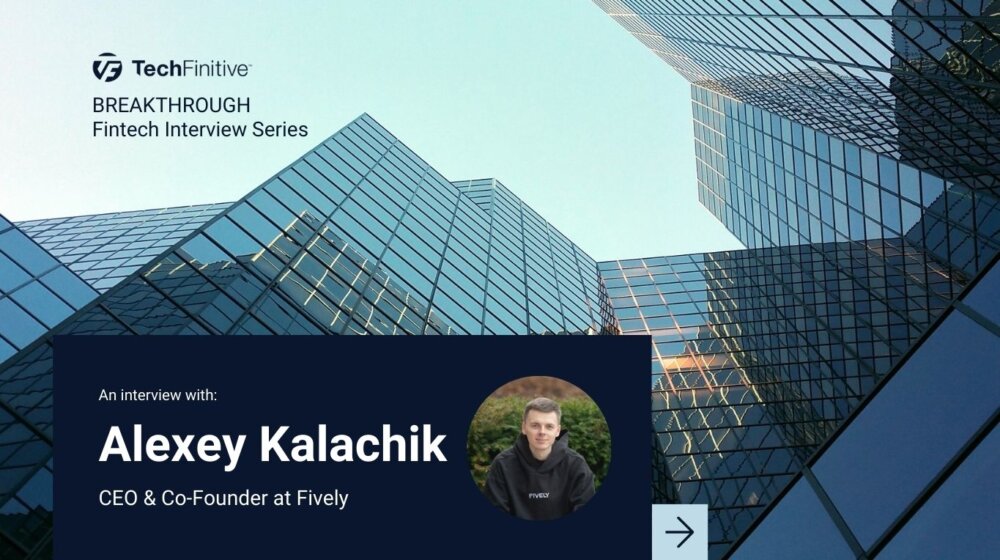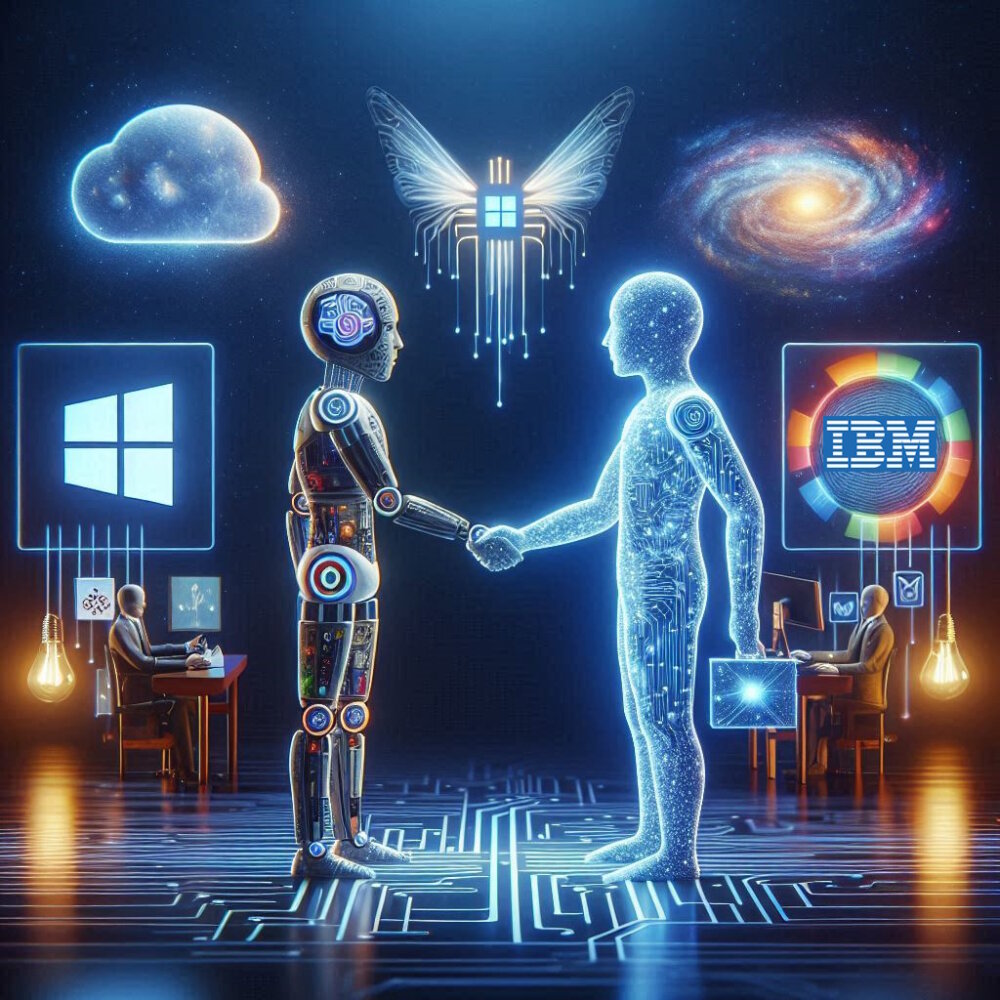
How real is Inception’s sleep device?
TechFinitive x FlashForward is our exclusive newsletter. Every fortnight, we pick a technology featured in a classic movie and fast forward to where it’s at today. Subscribe to it on Substack so that you’re notified every time a new edition goes out. This edition was originally published on the 16th of December.
Flashback: Christopher Nolan’s mind-bending thriller Inception centres on a device that allows people to enter each other’s dreams. Contained in a briefcase, the Portable Automated Somnacin IntraVenous Device (PASIV) injects a drug called Somnacin so that sleeping or sedated people can hang out with each other in a reality-warping shared consciousness. It’s very useful for thieves and spies trying to uncover someone’s deepest, darkest secrets – and perhaps even for implanting new ideas, otherwise known as Inception.
Flashforward to today: Have you ever had a dream in which you realised you were dreaming, allowing you to take some control of what was happening? That’s called lucid dreaming, which is perhaps the closest thing to Inception’s dreamscapes.
In the 1980s, scientists discovered that lucid dreams could be stimulated by projecting light onto a sleeping subject. That led to the invention of a light-emitting sleep mask called the NovaDreamer, followed by similar devices with names like Remee, REM-Dreamer, Neuroon, LucidCatcher, and Aladdin. There’s also been research into the use of Alzheimer’s drug galantamine to enhance lucid dreaming or even transcranial alternating current stimulation – tiny electric shocks to the brain.
There’s no hard scientific evidence any of these devices or techniques work, however. Currently, it appears the best way to lucid dream is to train yourself in how to do it, which involves simple things like meditating, keeping a diary of your dreams, and thinking about lucid dreaming as you nod off.
Exponents of lucid dreaming say it can help you overcome fears or show you the artwork you want to create. And although we don’t even know why we dream, we know that sleep is vitally important to brain function.
Along those lines, scientists at MIT’s Media Lab formed the Fluid Interfaces group to research whether digital devices “help us become the person we would like to be”, in the words of director Patty Maes. Rather than building more intelligent machines, Maes and her team research how to improve human functions such as motivation, attention, learning, memory, and emotional regulation. Their projects range from an AI-powered digital version of Albert Einstein giving you a personalised physics lesson to systems helping us become less susceptible to bias and misinformation.
They’re also researching sleep. You don’t need to go to MIT to know poor sleep affects how you perform while awake, and can even affect your health. So the Fluid Interface group experimented with devices to help people fall asleep sooner, spend more time in a state of deep slumber, and harness the power of dreaming. In 2020, they revealed something dubbed ‘Targeted Dream Incubation’ (TDI), which guides dreams towards specific themes – sounds pretty close to Inception’s planting of an idea.
You’ve probably heard that sleep has various stages. A sleep cycle goes from N1 and N2 light sleep to N3 deep sleep, then REM sleep, and then back to N1 again. You might have four to six of these cycles in a night, each lasting anything from 70 minutes early in the night to 90 minutes later on. The REM (rapid eye movement) stage usually lasts the longest. This stage is when your brain works on cognitive functions like memory and learning, and that increase in brain activity is believed to be the reason that you have vivid dreams during REM sleep.
Meanwhile, the actual process of falling asleep also has multiple stages. Scientists reckon there are nine phases to nodding off, and during the earliest cases – known as hypnagogia – your brain still registers what you hear and even smell.
That’s how the Fluid Interface group worked on incubating specific concepts in your mind, using a device they called Dormio. Sensors record a resting person’s heart rate, skin conductance and muscle tone, and then, at specific points in the sleep cycle, Dormio whispers to the subject to nudge their dreams towards a particular topic.
“This state of mind is trippy, loose, flexible, and divergent,” explains Adam Haar Horowitz, lead researcher of the Dormio paper. “It’s like turning the notch up high on mind-wandering and making it immersive — being pushed and pulled with new sensations like your body floating and falling, with your thoughts quickly snapping in and out of control.”
When the subject wakes, they’re asked to write a story and other tasks related to the guided dream content. The goal is to study dreams with controlled experimentation to explore how dreams impact emotion, creativity, memory, and more. The MIT team reckon Dormio will make sleep studies cheaper and easier to run, hopefully expanding research into this fascinating area.
What none of this yet allows is the possibility of different people interacting within shared dreamscapes. That remains the stuff of science fiction.
Will it sell?
In the short term, you’ll see dream-related devices on sale but they probably don’t work. But while the current crop of lucid dream gadgets has little basis in science, advances in the field could soon lead to devices that boost memory and creativity while you catch some Zs.
Fun fact
Dreams have inspired many great works of fiction and art. Mary Shelley and Bram Stoker claimed to have been inspired to write Frankenstein and Dracula after dreams, although they may have played up a spooky story around their creations. Salvador Dali, meanwhile, was very proactive about harnessing the hypnagogic semi-dream state. He described his paintings as “hand-painted dream photographs”, and came up with a technique he called “slumber with a key”. He would sit down for a nap holding a heavy key, and as he drifted off it would fall and wake him. That way, he tapped into the intuition, sensations and strange metaphorical imagery swirling around his dreaming mind to inform his surrealist masterworks.
The Christopher Nolan Duvet Day Award
Nolan’s equally mind-bending movie Tenet came out during the Covid-19 pandemic. During that traumatic time, there were reports of an increase in weird dreams. This increase was possibly due to a combination of people staying at home and therefore getting more sleep, while also experiencing continuous stress. Contracting COVID-19 was found to have had an impact on dream activity.
Verdict
Inception depicts a shared non-physical realm where we interact with each other in artificial realms. Hang on – that’s the Internet. Stepping into someone’s subconscious would be a powerful tool, but as seen in the film it’s clearly open to abuse. Currently, we don’t know enough about dreams and where they come from, or even why we have them, to make Inception real. Still, who wouldn’t love the idea of supercharging your brain without even getting out of bed? Sounds like a great excuse for a nap.
Are these links real?
Lucid dreamers are using unproven tech to hack their sleep
Consciousness and Cognition: Paper on Dormio targeted dream incubation device
Frontiers in Psychology: Can Lucid Dreaming Treat Nightmares?
The dream sequences in Inception explained
How sci-fi tech influences healthcare
NEXT UP

Alexey Kalachik, CEO & Co-Founder at Fively: “The potential for digitalisation within insurance is enormous”
We interview serial entrepreneur Alexey Kalachik, CEO & Co-Founder at Fively, on the future of fintech and what makes this space so exciting for startups.

IBM bolsters AI push with Microsoft Copilot launch
In a bid to boost its AI offering, IBM Consulting will enable enterprises to create and manage AI copilots – including Copilot for Microsoft 365

Andrew Kay, Director of Systems Engineering APJ at Illumio: “The most worrying development with ransomware is that it has evolved from simply stealing data to impacting IT availability”
Andrew Kay, Director of Systems Engineering APJ at Illumio, has 20 years’ experience helping organisations strengthen their cyber resilience. We interview him as part of our Threats series on cybersecurity.
